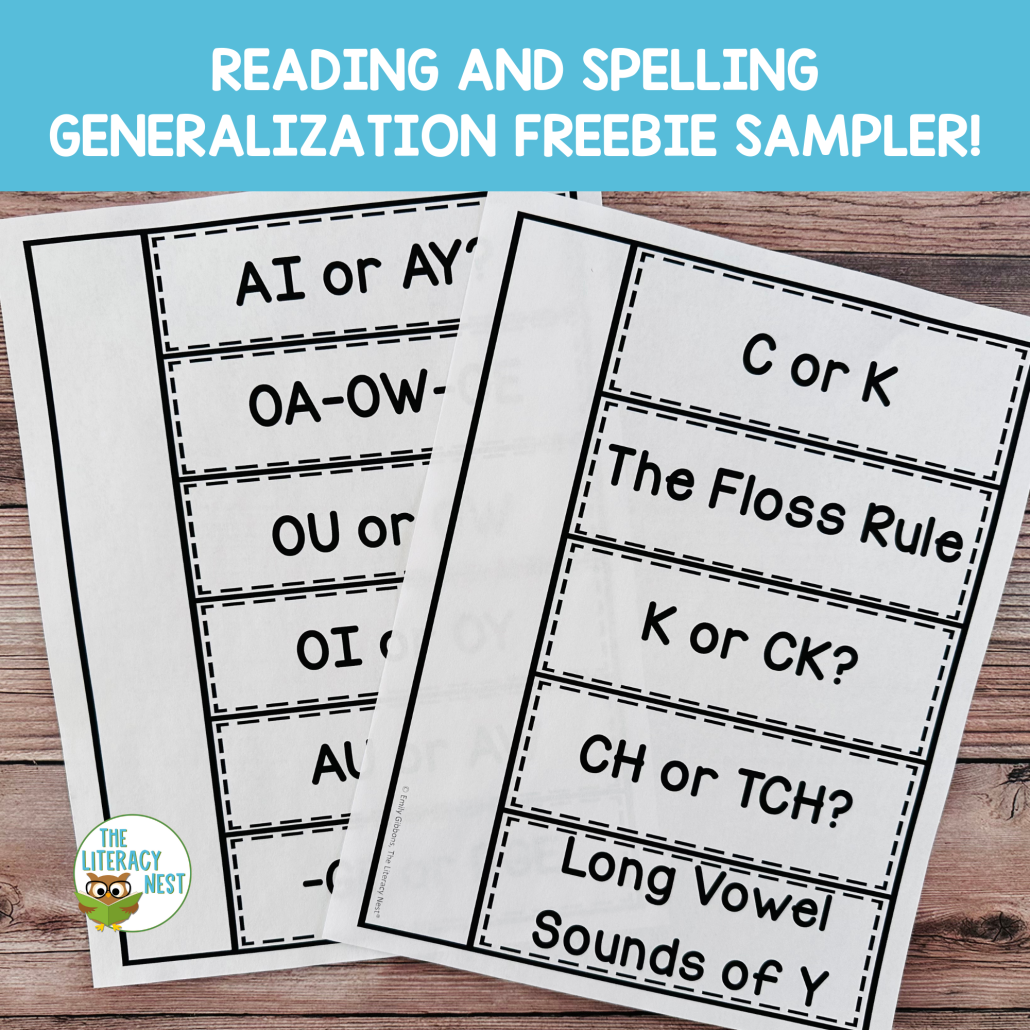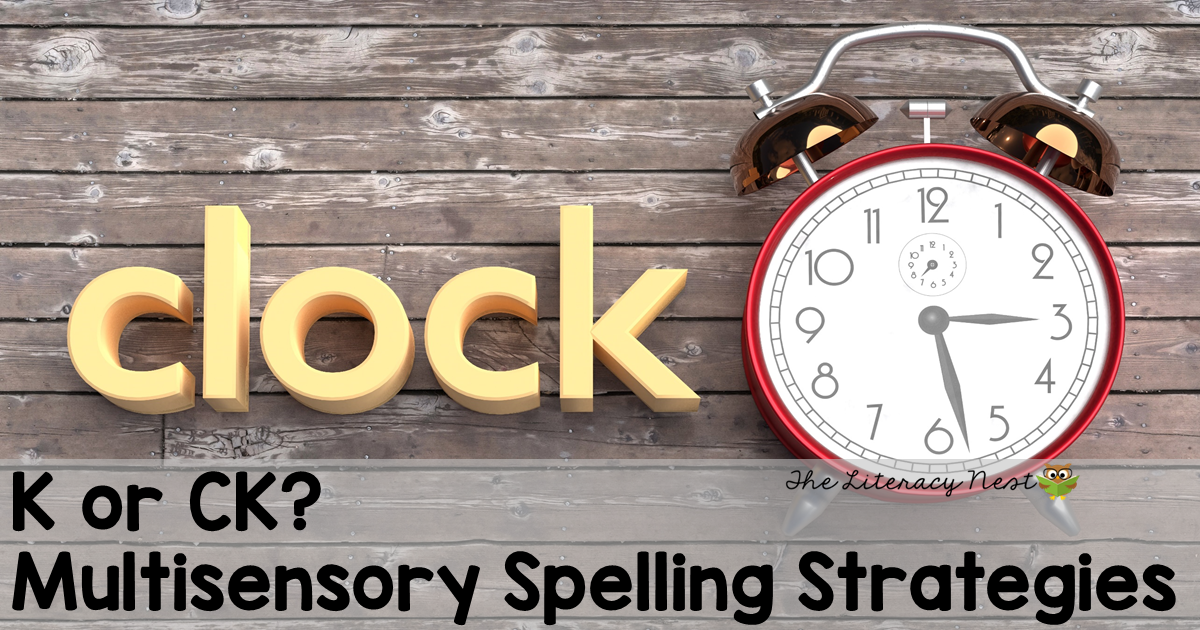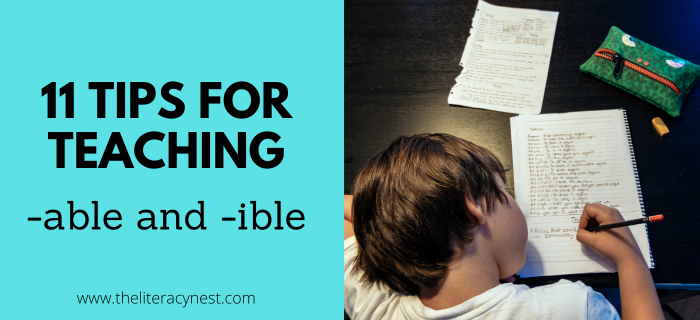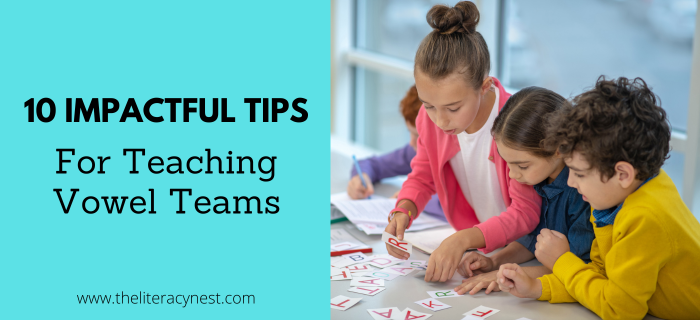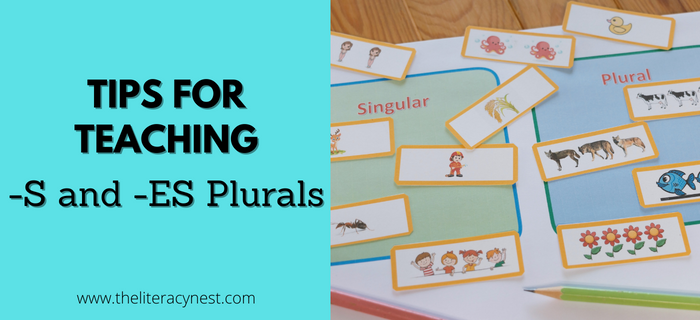Tips for Teaching the Drop E Rule
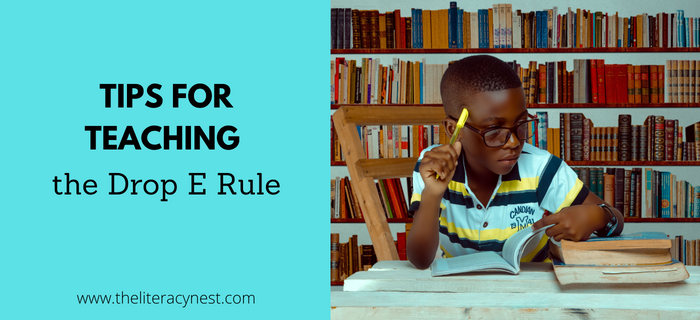
A particularly challenging, but important, set of spelling generalizations are the suffixing rules. They are important for students to be able to write using more natural-sounding language. For example, He did hop sounds far more awkward and stilted than He hopped. Learning the suffixing rules, like the drop e rule, expands possibilities for our students both in reading and writing.
There are three main suffixing rules:
- The doubling rule (read our post about teaching the doubling rule)
- The drop e rule
- The y rule.
In this previous post we discussed the doubling rule. Today we will be looking at the drop e rule. Stay tuned for more posts in this series.
What is the Drop E Rule and When to Use it
The drop e rule states that when a word ends in silent e and you add a vowel suffix, you drop the e. For example, if you have the word bake and add the suffixes -ed, -er, and -ing, you wind up with baked, baker, and baking. This is consistent with the V/CV syllable division pattern.
Need to review the Silent E Rule with your students? Check out these Orton-Gillingham Spelling Rule: Silent E Rule Multisensory Activities.
The drop e rule is necessary because when you have two vowels in a row, they typically make a new sound working as a vowel team. The silent e would affect the suffix vowel instead of the first vowel. Since the e is silent, and its job is to make the first vowel in the syllable long, that job is fulfilled by the vowel in the suffix. If you didn’t drop the e, you would wind up with bakeed, bakeer, and baking.
However, if you add a consonant suffix such as in the word hopeful, the e remains. Based on the rules of syllable division, if we dropped the e in this case, the word would become hop – ful. The e is still necessary to make the vowel long.
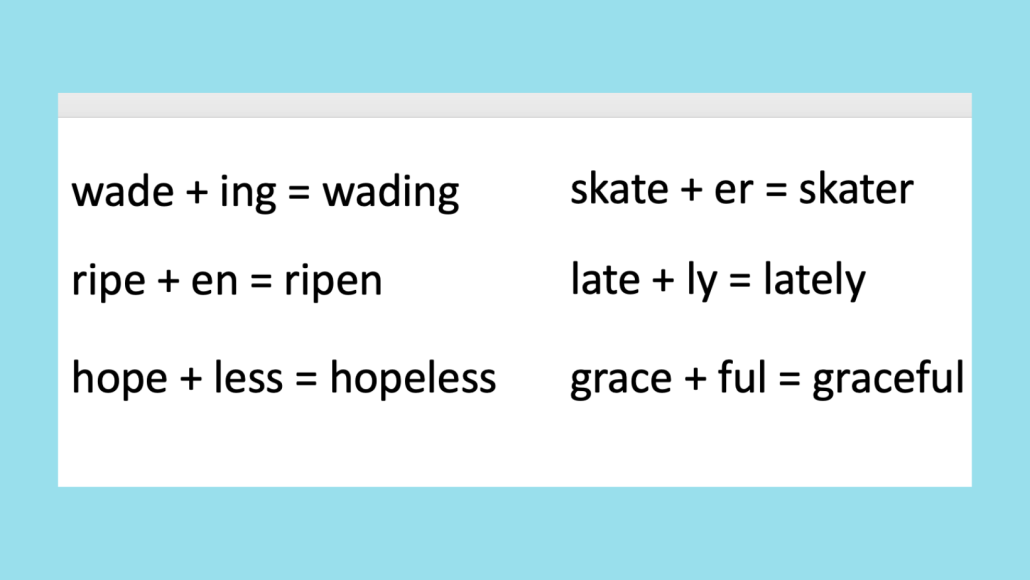
When to Teach the Drop E Rule
There are some important prerequisites for learning the drop e rule.
- Students need familiarity with identifying the base word, prefixes, and suffixes.
- Students need to understand the distinction between consonant suffixes and vowel suffixes.
- Students also need a solid understanding of at least closed, open, and vowel-consonant-e syllables.
- Additionally, students need to know an assortment of common suffixes, including vowel and consonant ones.
- Finally, it is helpful if students are familiar with VC/CV and V/CV syllable division patterns.
I typically teach this spelling rule after students are comfortable with the doubling rule.
How to Teach the Drop E Rule
Download our printable guide to teaching the Drop E Rule!
1. Review consonant and vowel suffixes:
When teaching this rule, I often begin with a review of consonant and vowel suffixes. This familiar, but essential learning ensures a solid foundation for the material that follows.
2. Display the rule
Next, it is helpful to display a poster with the drop e suffixing rule that explicitly shows the steps.
3. Demonstrate and practice
Then, using word cards or magnetic letters to demonstrate, have the student practice adding suffixes to base words ending in silent e.
- Show what happens if you don’t drop the e. You wind up with two vowels in a row making a vowel team with the suffix.
- Show what happens if you do drop the e. The word divides after the first vowel keeping the sound long.
- Demonstrate why it is necessary to keep the e when adding a consonant suffix. Otherwise, when you divide between the syllables you end up with a closed syllable and a short vowel.
Having students explore and discover this is a hands-on way is very powerful.
Download our Reading and Spelling Generalizations freebie sampler! It includes mini posters, a note-taker, and a handy cheat sheet with links to blog posts and a video with teaching tips!
Explaining Why We Need This Rule
Really, the doubling rule and the drop e rule are two sides of the same coin. They exist for the same reason of maintaining the correct vowel sound in the base word. Early on in their learning, children may not see the connections and will think of these are two completely separate rules. I find that with older or more advanced students, they are more tuned in to the ways in which these suffixing rules complement one another.
Perhaps nothing demonstrates this more clearly than a closed syllable/vowel-consonant-e syllable pair such as hop and hope. Being able to see the ambiguity that arises when adding suffixes clearly demonstrates the need for these rules. Provide students with lots of practice to apply this rule and explain their WHY. Sorting words based on whether to drop the e is another helpful way to build automaticity.
The Exception to the Drop E Rule
There is one important broad exception to the drop e rule. If the silent e has another job such as making a c or g make its soft sound, that e will remain if you add a vowel suffix that begins with a letter other than e, I, or y.
Typical examples would be adding -able or -ous as in the words traceable or courageous.
The other exceptions apply to a small number of words. Some words must keep their e to maintain the identity of the base word. For example, singeing would be confused with singing if you were to drop the e. There are a few words where the e is dropped before a consonant suffix, although in many cases these words have multiple accepted spellings as in judgment.
Providing Extra Practice
This rule is one that will likely need to be revisited often, especially when other new particularly complex concepts are learned. Don’t forget the power of playing games. When students play games that require them to check and apply their suffixing rules, it gives them more opportunities to solidify their understanding and build mastery. Plus, they have fun doing it.
Suffixing rules lend themselves both to games focused on an individual rule such as the doubling rule or drop e, or games that require students to choose which of the suffixing rules applies. This necessitates higher-level thinking that more closely resembles applying the rules in the context of written work. The positive associations of playing games can aid memory and retrieval of associated concepts.
Are you looking for a list of words that use the drop e rule? Word List Builder has got you covered!
Save time searching for words that follow the drop e rule! Build your folder of words and create templates in Word List Builder.


